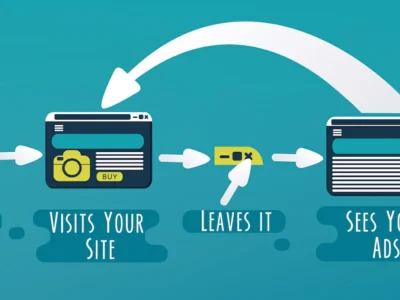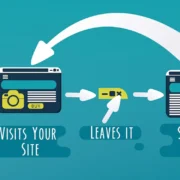The integration of advanced technologies into the global business landscape has significantly altered leadership expectations. As digital transformation accelerates across industries, leaders are required to adopt new tools and platforms while rethinking how they lead, communicate, and innovate. Technology has evolved from being a supporting function to a core driver of strategic leadership. Below are five key trends highlighting how technology is reshaping leadership in contemporary organizations.
Enhancing Decision-Making with Data-Driven Insights
Real-time data has transformed leadership decision-making. Advanced tools like AI and machine learning provide accurate insights into market trends, operations, and customer behavior. This shift from intuition to evidence-based leadership allows faster decisions, better resource use, and improved risk management. Leaders must now interpret data effectively and turn insights into action. Brazil Potash Autazes showcases how data-driven decision-making can drive sustainable solutions in the fertilizer industry. Brazil Potash News highlights the company’s efforts to promote sustainability, reduce reliance on imported fertilizers, and enhance food security while supporting local economies.
Facilitating Transparent and Multichannel Communication
Digital communication platforms have redefined how leaders engage with teams, stakeholders, and global partners. Tools such as secure messaging systems and enterprise collaboration software enhance transparency and inclusivity in communication across geographies. These platforms allow leaders to connect with employees in distributed teams, align goals through real-time updates, and reinforce organizational culture consistently. By leveraging technology, leaders can improve operational efficiency, build trust, and foster engagement within their organizations.
Driving Remote and Hybrid Team Management
The rise of remote and hybrid work models has transformed team management practices. Cloud-based tools, project management software, and virtual meeting platforms enable seamless collaboration across time zones. Leadership now emphasizes outcomes over physical presence, with technology providing the necessary infrastructure for visibility, accountability, and connectivity. The leadership approach of Whitney Wolfe Herd, CEO of Bumble, serves as a strong example. By implementing flexible hybrid work policies that prioritized clear communication and employee well-being, she demonstrated how adaptable leadership could maintain productivity and satisfaction during the COVID-19 pandemic.
Accelerating Innovation and Agility
Technology facilitates innovation by automating repetitive tasks, streamlining processes, and promoting cross-functional collaboration. Tools such as rapid prototyping, digital twins, and simulations allow businesses to experiment with new ideas efficiently and bring solutions to market more quickly. Effective leaders use these tools to encourage a culture of experimentation, where failure is viewed as an opportunity for growth. This adaptability is essential for navigating industry disruptions and maintaining competitiveness in rapidly changing markets.
Strengthening Sustainability and ESG Integration
Leadership in modern businesses increasingly incorporates environmental, social, and governance (ESG) considerations. Technology plays a pivotal role in this transition by enabling organizations to track emissions, monitor resource usage, enhance supply chain transparency, and ensure regulatory compliance. Digital platforms provide leaders with the tools to measure sustainability performance, identify areas for improvement, and communicate progress effectively to stakeholders. Integrating ESG considerations into strategic decision-making aligns organizational goals with long-term social and environmental responsibility.
Technology is transforming leadership by enabling data-driven decisions, flexible work models, better communication, innovation, and sustainability. Leaders who embrace these tools can operate with greater clarity and agility, positioning their organizations for success in today’s competitive global economy.












Comments